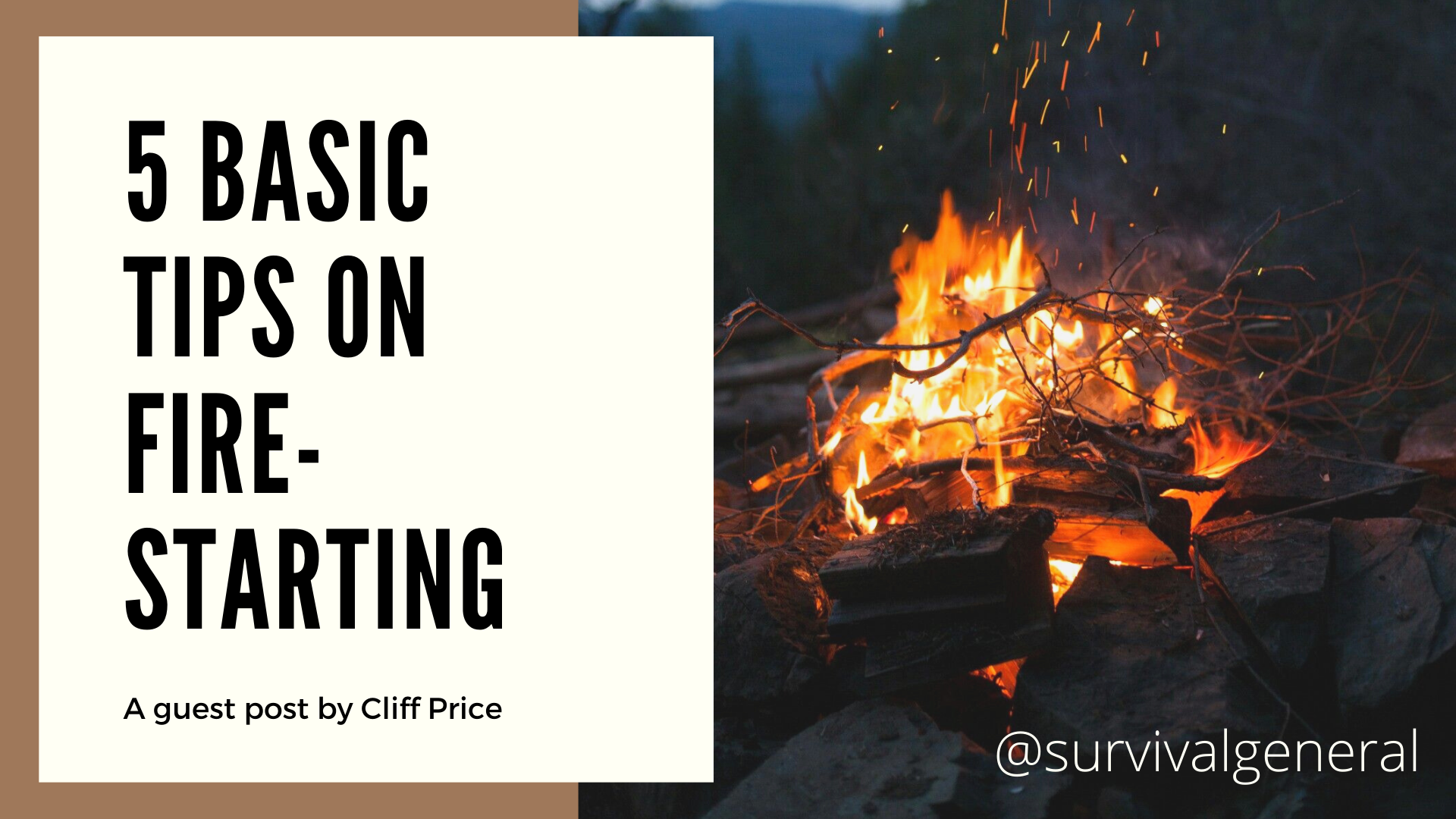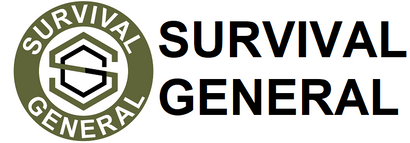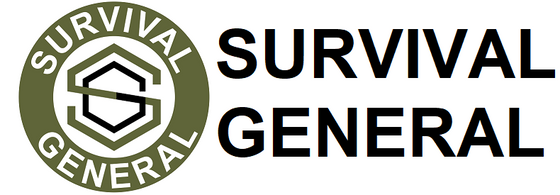5 Basic Tips on Fire-Starting

5 Basic Tips on Fire-Starting
Guest blog post by Cliff Price
Making a fire in the wilderness doesn't have to be a daunting task like rubbing two sticks together or making a fire bow. With a little prep work and common knowledge you can get a blazing fire going in some pretty harsh conditions. Here are some preparedness tips to keep you warm in the wild.
- The Tinderbox.
Traditionally the tinderbox was used to store the essentials for getting a fire going, sometimes including tinder, flint, and steel. A modern equivalent might be a minimal waterproof bag or box where you should store keep waterproof matches, windproof lighter, magnesium/steel firestarter and something loose and dry to take a spark. This is the tinder. This could be a compact wad of waxed or oiled paper, fuel bars, or even balled up dry sage grass. Whatever you choose, keep your tinder and lighting implement close!
See these waterproof boxes:
- Finding Fuel.
When looking for fuel, start your tinder wood small and then work your way up to larger branches... you don't want to choke out your fire by putting the big stuff on first. If it's a dry environment you shouldn't have a problem starting your fire. However finding dry wood in a rainy environment can be hard so look for dry, dead wood that is already on the tree. Get your base fire as hot as possible and you can add wetter fuel later because it will dry easier. If you know it's going to rain it's a good idea to collect dry twigs beforehand and keep dry in your backpack.
- Location.
Keep your fire away from the elements as much as you can. If you can find an overhanging rock or under a shelter and away from the wind that would be best. Find a spot where most heat will reflect on you and your camp while staying safe.
- The Spark.
Firestarters can take practice, especially if you're using a tungsten or magnesium starter, but are very effective and produce a lot of heat in any environment. For quick success use a sturdy windproof lighter. Once you get a spark on your tender, start adding small twigs and then medium to form a large coal base. Your coal base is what will keep the fire lit for hours and dry out any wet tender. It will also provide residual heat longer than open flame and is good for cooking. You can move to larger logs and branches from there. Remember to keep your fuel fairly loose and not overstacked and let plenty of oxygen feed into your fire.
Here are some fire starters:

3 in 1 flint tool (https://www.survivalgeneral.com/products/3-in-1-waterproof-storage-match-box-od-green-mirror-striker-container-holder-kit)

Matchpaper (https://www.survivalgeneral.com/search?type=product&q=match+paper)
- Practice.
Practice makes perfect. Before you get in any wilderness situation, whether it be camping or survival, mental and physical preparedness is the key. Make some prep fires in your yard or fire pit. Make it hard for yourself and do it when it's drizzling. See what style of fire works best for you - pyramid, stacked, pit style, etc. Do your research.
I hope these tips help... this is by no means an extensive guide but it should help jump-start a good culture around fire-making. Always be prepared, study what works for you, and for other folks and always stay safe. Fire can be a friend or foe depending on how you tame it. Make it your friend in the wilderness.






